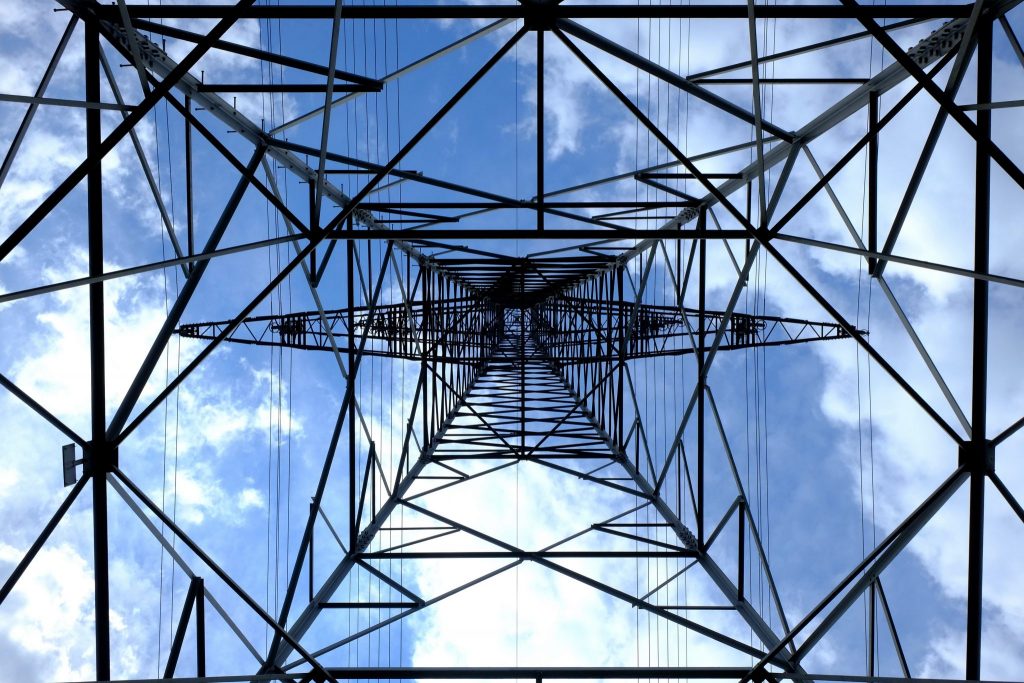THE SMART EXPORT GUARANTEE EXPLAINED

Over the past decade, our use of electricity has become much less predictable.
We have a lot more devices but they’re more energy efficient. Our homes are better insulated. And today, we have more households than ever producing their own energy through solar panels.
This trend began with the introduction of the UK government’s Feed-In Tariff in 2010. The original Feed-In Tariff – which ended in April 2019 – was always destined to be a temporary measure. Its premise was to stimulate use of solar technology which, at the time, wasn’t economically viable for most householders.
Through the Feed-In Tariff, homeowners would be paid a set rate for each unit of electricity generated, use as much electricity as they could, and export the remainder; for which they would be paid via the Export element of the Feed-In Tariff.
However, the falling cost of solar technologies over the past few years has made solar more affordable than ever, and the new Smart Export Guarantee, the government’s proposed mechanism beginning on 1st January 2020, is designed to incentivise solar in a way that better reflects our changing energy usage.
Through the Smart Export Guarantee, homeowners who install solar after that date can still generate free electricity, but instead of being paid a flat rate of, for example, 5p for every kilowatt of surplus power they export, they’ll be paid a variable amount depending on the value of that energy at the time.
Energy is still more valuable to communities at 6pm when people come home from work than it is at 3am when most of us are sleeping – so rates will depend on these usage models, as well as the energy provider themselves and the package they’re offering to homeowners.
It’s hoped that this will create a thriving market for surplus energy sellers, as they’ll know when it’s most advantageous to produce, store, use and sell energy, and be able to seek out the most competitive export packages from energy companies.
